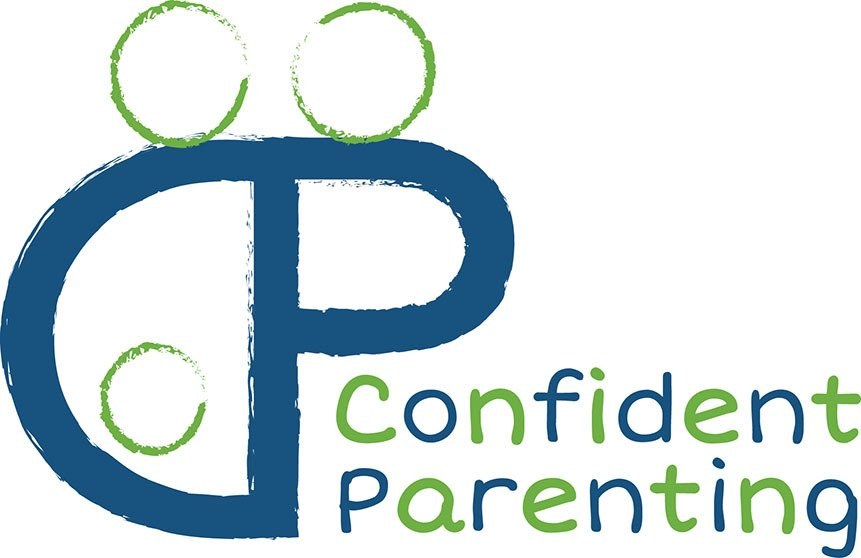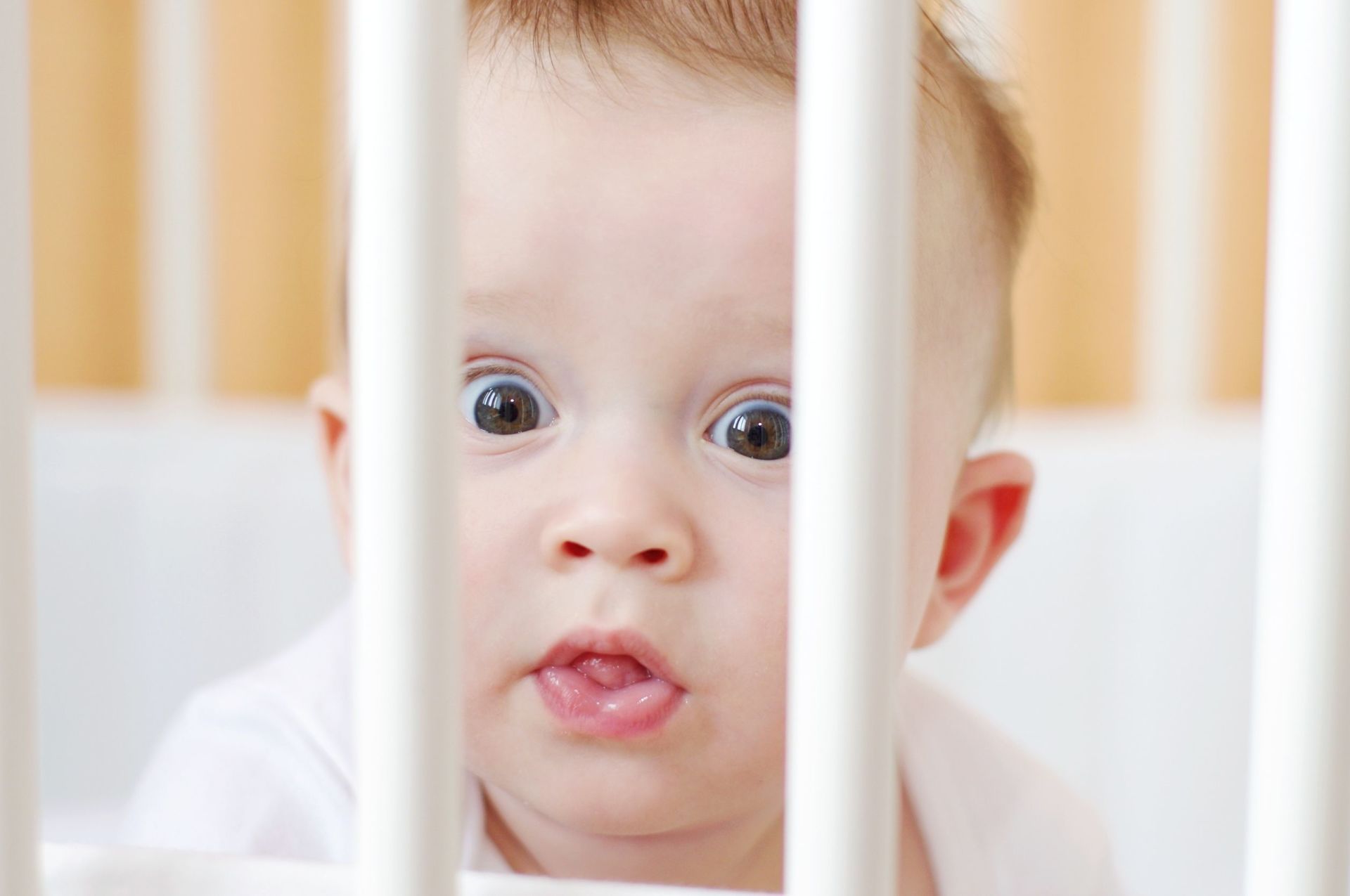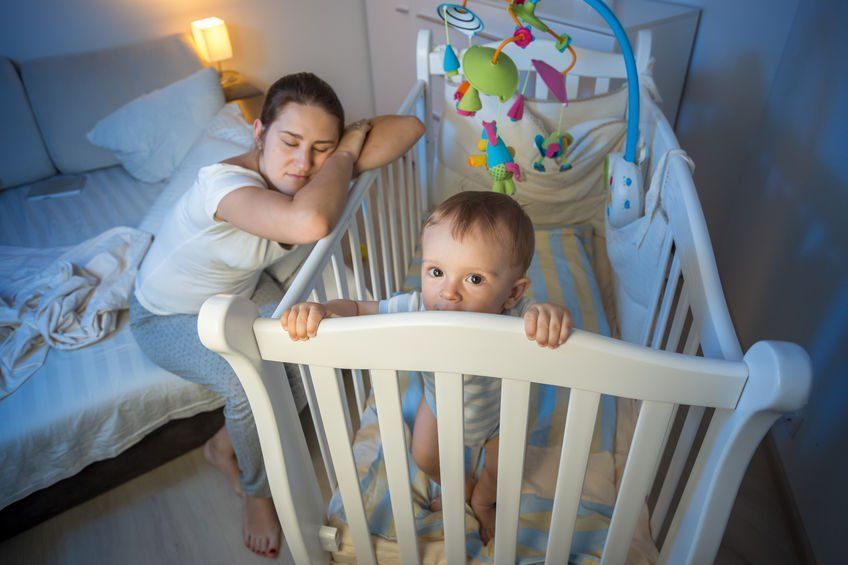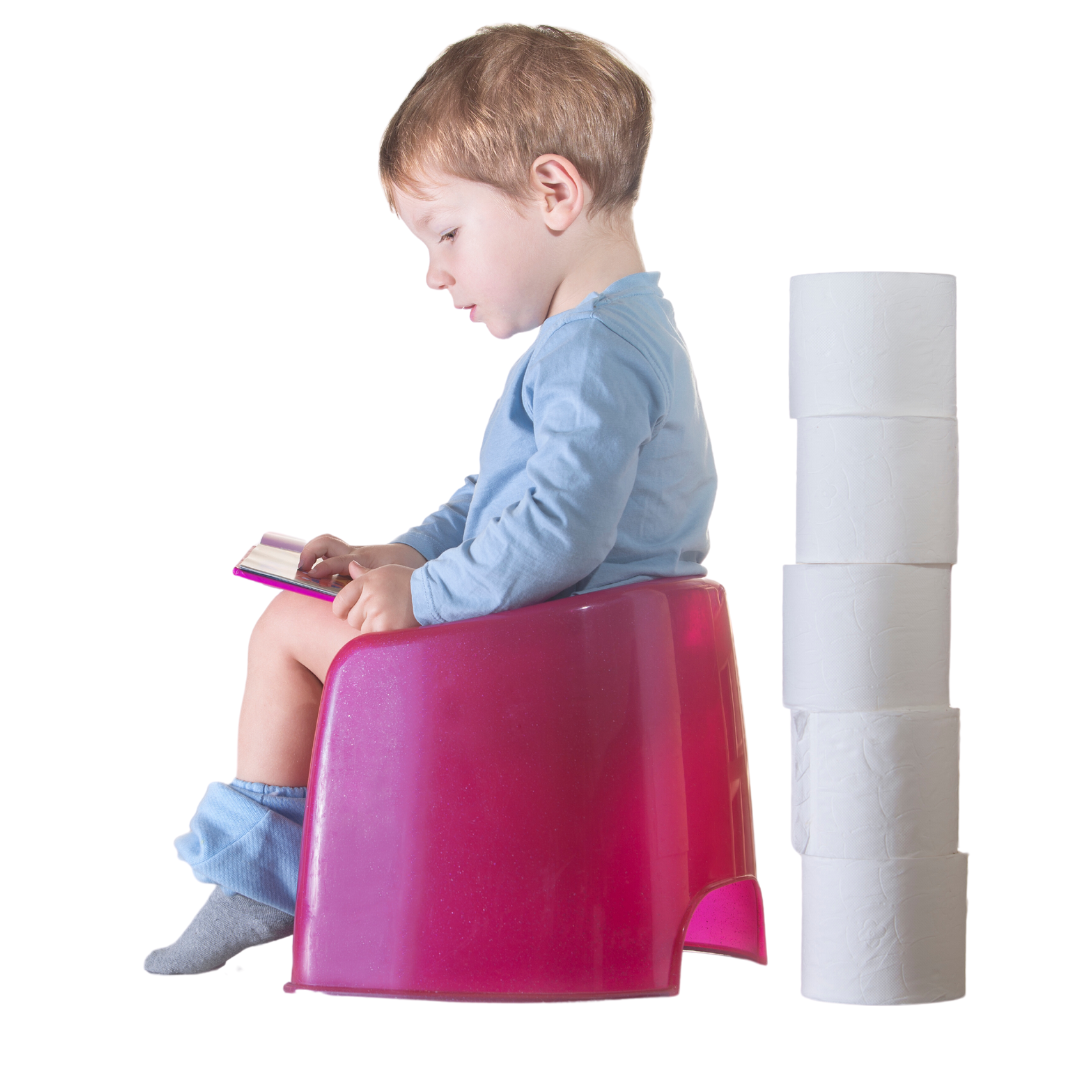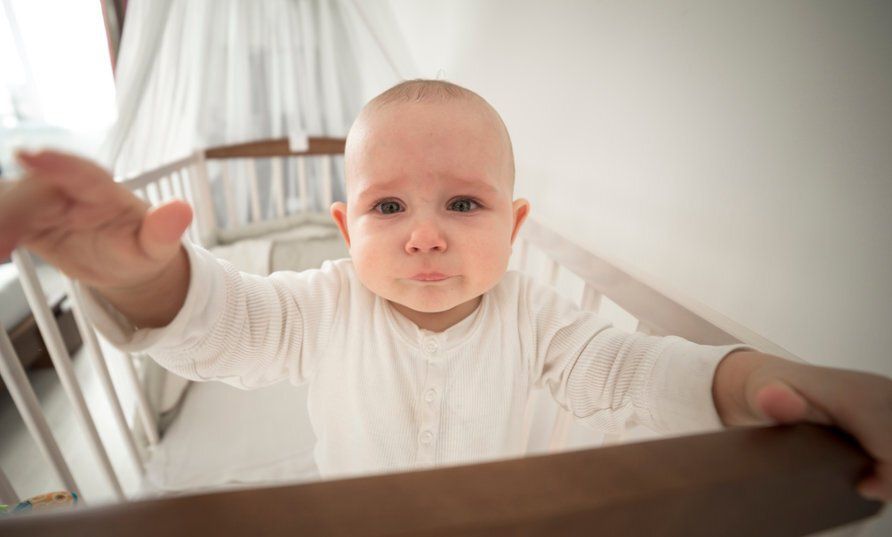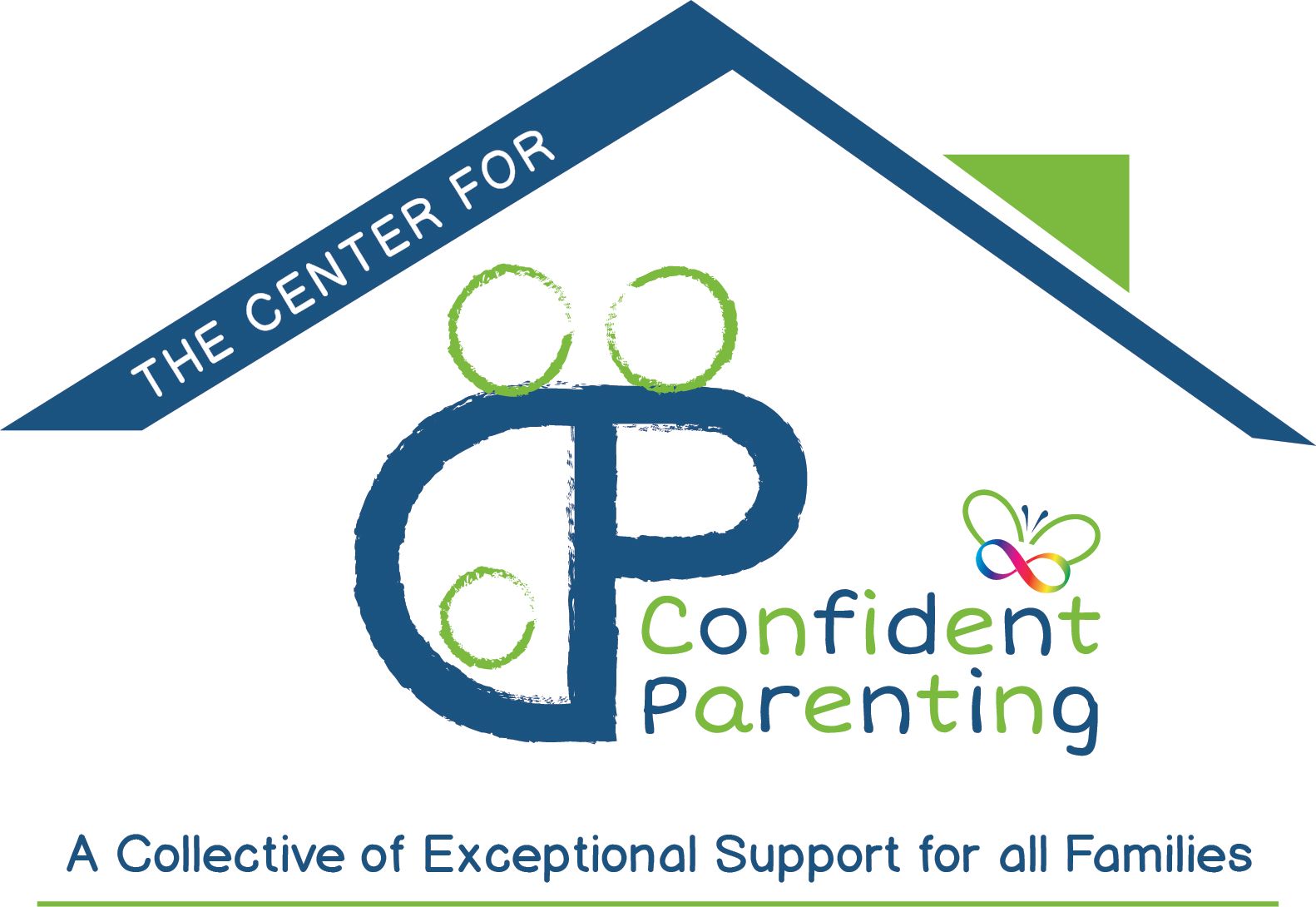Headed back to work soon or recently? If so, you will likely be leaving your baby with a caregiver, whether in a home setting or a daycare facility. Here are five things to consider and troubleshoot to ensure baby gets the sleep they need in their new scenario.
Tip #1 Determine (and Communicate) Baby’s Ideal Sleep Timing
Your baby has a maximum amount of time they can comfortably be awake before growing overtired. We refer to this as the ideal “window” of awake time. Exceeding that window, as counterintuitive as it may seem, makes it harder to both fall and remain asleep. So, take the time to determine baby’s ideal windows and clock times for sleep, the ones that give you the smoothest result at home. Once you have those pinned down at home, you can communicate them to their caregiver so they can aim for those sweet spots.
If your baby is especially alert, social, curious, easy going and/or has “fear of missing out”, let your caregiver know that baby looking or acting tired likely means they are OVER tired. These babies, who I refer to as “tricky” babies, will continue to be easy going past that early feeling of tiredness and until they literally can’t hang anymore, leading to a second wind effect. They can easily fool their caregivers as to whether they are tired or not and where that sweet spot is that leads to smooth sleep.
Tip #2 Work Away from Sleep Associations in Advance
Most young babies rely on support to fall asleep. You may be in the habit of feeding or rocking baby and, while that may work well at home, caregivers may not be willing or able to offer that support in some or all instances of the day, making it harder for baby to get to sleep at all and especially at the precise times. So, work on trading down baby’s associations at home in advance of entering the caregiving setting to set them up for success. For example, shift from feeding to sleep to rocking to sleep and then to patting baby to sleep in their crib. The less dependent baby is when they enter their care scenario, the greater likelihood sleep will remain smooth.
Tip #3 Start the Day Ahead of the Game
The younger the baby, the shorter the ideal wake window will be. A four month old, for example, likely needs to be back to sleep within 90 minutes of waking, throughout the day. Once you factor in the time they wake in the morning, feeding them, getting yourselves both ready to leave, and the commute to their caregiver, you are likely pushing that window already. You may be handing over a baby who has already passed the sweet spot. Then factor in all the babies arriving, bottles being put away, excitement over transitions and fresh faces, and baby might be awake for several hours before that first nap is even attempted. By then, everyone is starting the day off on the wrong foot and that can trickle down through the rest of the day and into the night. So, be sure to get baby to their caregiver while there is still a bit of time left to settle in. This may mean you are dropping off earlier than you need to for your own schedule. If that isn’t an option, consider aiming for a catnap at home or on the way so baby arrives with time to spare before the next sleep.
Tip #4 Consider the Environment
Not all baby rooms are created equal. Many facilities expect your baby to be able to sleep in a bright, noisy room with other babies playing right beside their crib. You can’t “train” your baby to sleep in an environment that is not conducive to sleep. The human brain needs a darker and quieter space to wind down easily and stay asleep for an ideal length of time. Some babies can work around this need more easily than others and that ability is tied to their temperament, a factor that you and I cannot change. When possible, choose a setting that reflect that in their sleep setup. If your chosen facility doesn’t have a slightly separate sleep area with more ideal conditions, see how they can cleverly accommodate your sensitive baby. For example, can you bring an extra sleep sack so the crib feels the same? Can you bring in a portable white noise machine to mask sounds in the room? Can they move baby’s crib to be the one farthest from the “action” of the room? If they can’t accommodate you and baby continues to struggle, move on to our next tip.
Tip #5 Use the Home Hours to Your Advantage
If baby is struggling to sleep well at daycare beyond an initial adjustment period and you’ve tried all the above, your best bet is to maximize their home hours. While naps are all short or skipped, a very early bedtime will be necessary. This will help baby to be less exhausted at bedtime and make up for a bit of the lost sleep. If baby is not an independent sleeper yet, focus on making changes at bedtime and for naps on the weekends to help them get there. Independent bedtimes and solid nights with a high total of overnight sleep will have baby heading into each day on a better foot. Babies are super adaptable and can often learn to work around a variable that is off, such as a noisy environment. However, they will struggle to circumnavigate multiple variables stacked against such as large wake windows, a noisy environment, a lack of sleep skills AND getting too little sleep day and night. Start solving those issues that you have control over at home and cross your fingers that baby and their caregiver will then be in a better place to begin to manage the rest.
If all else fails, rest assured (no pun intended) that a baby really can get by on solid nights of sleep and catnaps throughout the day. It is obviously not ideal, but it also isn’t tragic. There is a whole world that exists between the two
and you and baby can exist there for now. In my experience, poor daycare sleep doesn’t last forever. It often improves when they move up to the room where everyone naps at once and, therefore, it is darker and quieter with nothing to miss out on.
If you need support to plan for or troubleshoot daycare sleep or other sleep challenges, learn about our support here:
